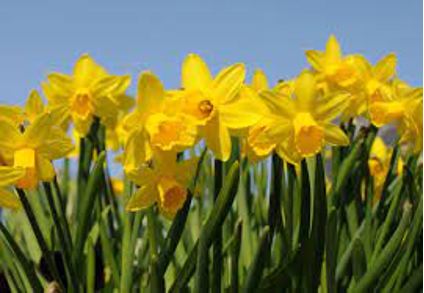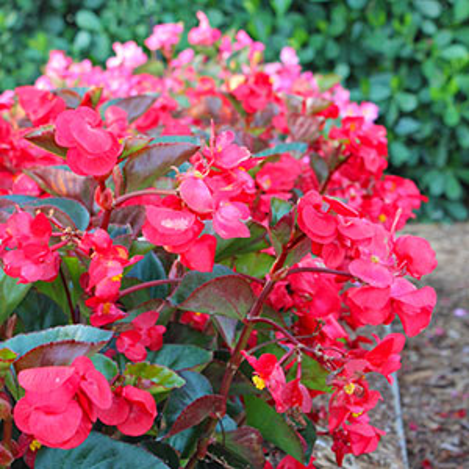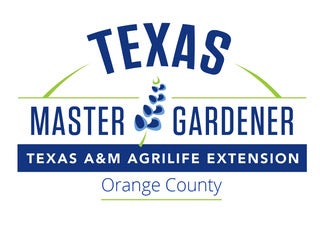Master Gardeners: September is time for garden preparation
Published 12:24 am Saturday, September 25, 2021
|
Getting your Trinity Audio player ready...
|
Originally published by Doug Jimerson
Edited by John Green
According to our Local weathermen we will experience cooler weather patterns including low humidity, and Autumn-like day and evening temperatures for a week! Meaning Autumn has finally arrived- okay, okay…perhaps I’m grasping at straws, but cooler weather is my cue to begin Fall lawn, vegetable and flower garden tasks in preparation of Winter but also replenishing the soil for Spring. It’s a great time to make your garden more colorful with new plantings for Fall since most Summer flowers are waning. Use the following tips as a guideline to help you start building your vibrant Fall gardens:
Plant Annual Flowers
September is an ideal time to add annual flowers to your garden, such as begonia, ageratum, zinnia, and celosia. They thrive in the mild autumn temperatures and bloom through the early winter. Make certain to water them daily for the first week or two to help get them established. Also, mulching them will maintain consistent soil moisture. For instant impact plant chrysanthemums and pansies. That’s what you’ll get when you add ready-to-bloom mums and pansies to beds, borders, and containers. These easy-care plants relish cool weather and provide an injection of color in your September Garden. Look for stocky plants that are still in bud so that you can enjoy them longer. Mums in full bloom are great as immediate focal points but won’t last as would bud specimens.
Improve Your Soil
Fall is a great time to improve the soil in your garden. After you remove dead and dying vegetables and flowers, spread a 2- to 3-inch-deep layer of rotted manure or compost over the surface of the soil. Spade or rototill it into the top several inches of soil and rake smooth. If the area had been mulched previously, just spread the soil amendments over the mulch and then rototill everything at the same time. In smaller beds, use a garden fork to turn the soil.
Plant Spring-Flowering Bulbs
Enjoy a bounty of bloom in your garden next year by planting spring-flowering bulbs now. Tulips, daffodils, crocus, hyacinths, and other early-bird bloomers can be massed in beds by themselves or tucked in between established perennials and shrubs. Planting bulbs is easy you can either dig individual holes drop the bulb in then cover with soil or dig one large hole and toss in a dozen or more bulbs. Planted this way, they’ll pop up in one impressive drift of color.
Clean Up Vegetable Gardens
The best way to prevent insects and diseases from affecting your vegetable garden next year is to clean it up this fall. Always remove rotting fruit, diseased foliage, or dead vines as soon as they appear. This is especially true with crops such as tomatoes, potatoes, melons, and squash. Pests and diseases love to overwinter on these vegetables if they are left in the garden to rot. Do not compost these plants but instead burn discard to mitigate risk of pathogens introduced into next year’s vegetable garden.
Enhance your Landscape
September is an ideal time to add shrubs and trees to your landscape. Hydrangeas, roses, and other flowering shrubs and trees flourish during the cool, moist fall weather. Just be sure to do a little research before you add any plants to your landscape: Look for varieties that are hardy for our climate and won’t grow too large for the space you have. Remember even the smallest sapling will eventually grow into a tree which could swallow your home if planted too close.
Improve Your Lawn
Give your lawn some attention this month. It’s also the season to control perennial weeds such as clover and dandelion. These weeds prepare for winter by pulling nutrients and starches from their leaves into their roots. When you apply a lawn herbicide in the Fall, the plants will also draw the chemical into their roots and die. Our Southern grasses such as Bahia, Bermudagrass, Zoysia, and St. Augustine can also be fertilized this month. Choose a fertilizer that contains controlled-release nitrogen that will feed the turf as it needs it.
For more information or to have your gardening questions answered please contact Orange County TX Master Gardeners via the following:
Website: https://txmg.org/orange
Facebook: Orange County Texas Master Gardeners Association.
Orange County Master Gardner Helpline: (409) 882-7010
Email: extension@co.orange.tx.us








